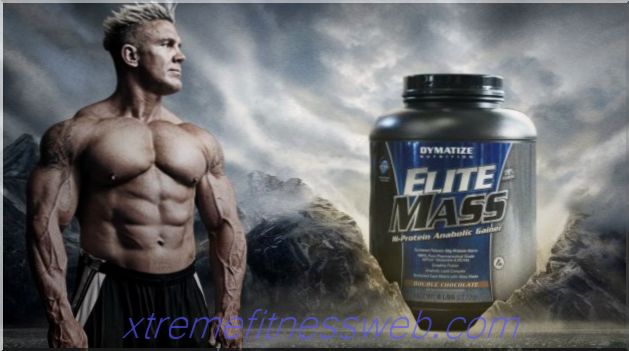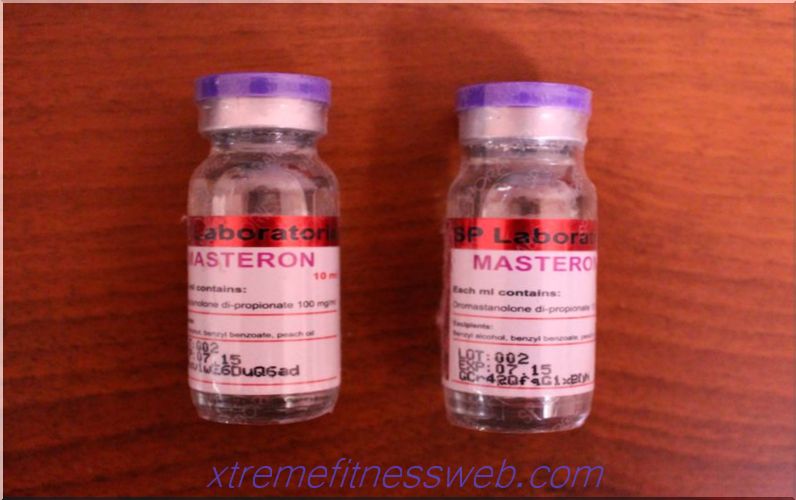- The effectiveness of rowing for the development of spinal muscles
- Rowing machine: types and features
- What muscle groups are involved in rowing?
- The right technique for working on a rowing machine
- Bringing rowing to automatism
- General recommendations
- Video review

A developed muscular back and powerful arms are the result that allows you to get exercise when using a rowing machine . The main thing is to know the correct rowing technique, clearly follow all the recommendations when working on this projectile.
Content
- 1 Efficiency of rowing for the development of spinal muscles
- 2 Rowing machine: types and features
- 3 What muscle groups are involved during rowing "> 4 The correct technique for working on a rowing machine
- 4.1 Capture
- 4.2 Push
- 4.3 Completion
- 4.4 Recovery
- 5 Bringing rowing to automatism
- 5.1 Backward
- 5.2 Return to starting position
- 6 General recommendations
- 7 video review
The effectiveness of rowing for the development of spinal muscles
The mechanics of movement when rowing is similar to deadlift - a basic exercise that many athletes consider the best for muscle development. Deadlift allows you to form a powerful back and pump up impressive hands.
All professional rowers have a wide and muscular back, powerful and inflated arms. A similar development of the figure can be achieved with regular classes with a rowing machine. This becomes possible only with full observance of the technique of execution of movements by “rowing”.
Rowing machine: types and features
Rowing simulators, which are produced by manufacturers of sports equipment, are hydraulic, magnetic, air, water. The cost of magnetic models starts with sixty thousand rubles. A more affordable alternative is hydraulics simulators, the lower price bar of which is about ten thousand rubles. To buy a really good rowing hydraulic trainer, you will have to lay out at least twenty-five thousand.
Magnetic rowing machines simulate rowing movement almost completely, they are usually installed in fitness centers. Compact and less expensive hydraulic devices are more suitable for use at home.
What muscle groups are involved in rowing?

When practicing on a rowing machine, practically all muscles are involved in the work, the tone of the heart muscle, vascular and respiratory systems increases. No other sports equipment can be compared in efficiency with this equipment, especially among exercise machines for home use.
The main load during rowing falls on the shoulder girdle, dorsal and pectoral muscles, arms . The muscles of the buttocks, back and front surface of the reed are well developed. The case, including the press, also experience some load.
The right technique for working on a rowing machine
Capture

The legs are arranged vertically, the legs are compressed as much as possible. This position resembles a squat position. Hands hold the handle, triceps are tense. The body is slightly inclined forward, the muscles of the back are relaxed, the press is tense.
Push

It is carried out due to repulsive movement of the legs with simultaneous tension of the shoulder girdle. The next is the biceps, which entails the handle towards the stomach. The spinal muscles open, the chest is pushed forward. The legs are straightened due to the movement of the gluteal and femoral muscles.
Completion

The hips and buttocks are tense, the abdominal muscles act as a stabilizer of body position. Due to the biceps, the handle is pulled as close to the waist as possible, the chest is extended forward, the range of motion becomes even greater.
Recovery

The handle of the simulator held by triceps power goes forward. It is followed by a body. The press remains tense. The legs are bent at the knee joints. The reverse movement ends when you take the initial position - "capture".
Bringing rowing to automatism

This can be achieved by clearly dividing the implementation of the exercise into two stages with counting down the phases to itself:
Backward movement
At one time - relax your hands, push your legs away, two, when the handle is at the knees, - pull your hands, leading the body back, and three - open your back, pull the handle as close to the belt as possible.
Return to starting position
On the count of one - transfer the weight to the triceps, put your hands forward, the back is slightly tilted back, on the count of two - lean the body forward, straining the press, and on the count of three - transfer all movement only to the legs, bend your knees.
General recommendations
After fifteen minutes of training, you must definitely take a break from 30 to 60 seconds, in which it is recommended not to rest, but to swing the press, perform push-ups or squats with your own weight. If you practice without such pauses, your back will hurt.
People who have problems with the spine or back should use a rowing machine in the presence of a qualified trainer. The slightest deviation from performance technique, if there is no mentor nearby, can aggravate well-being.
To gain a sports physique with a powerful developed back and strong arms pumped up allows you to exclusively follow all the recommendations for working with a rowing machine, strict adherence to proper execution technique.
Video review







